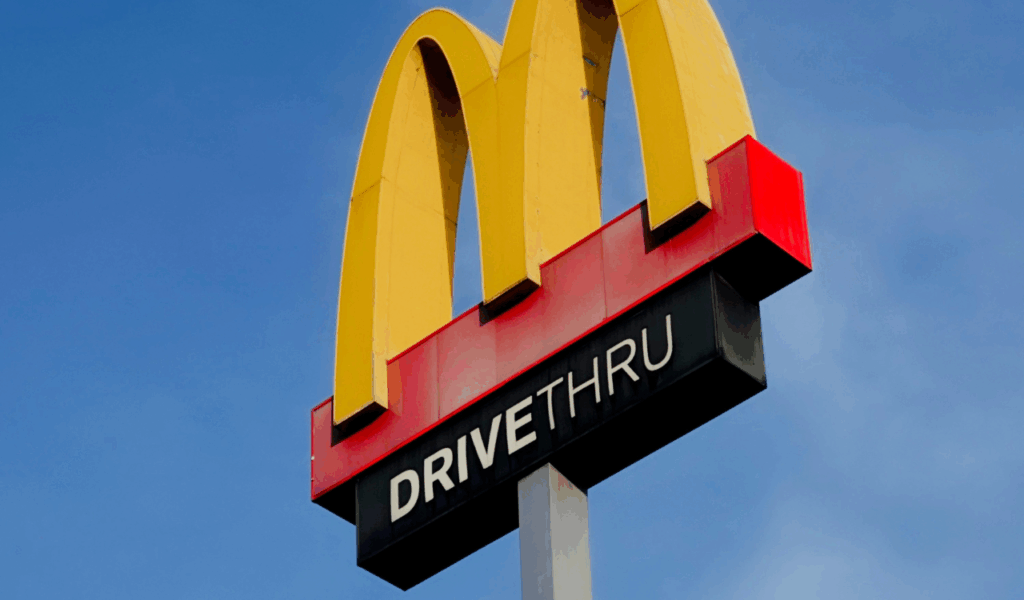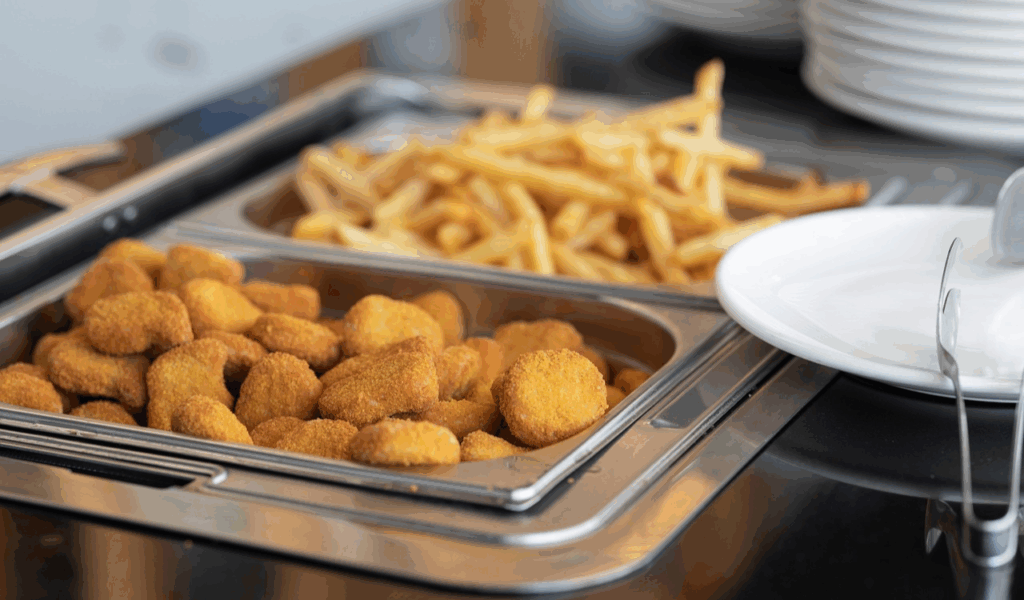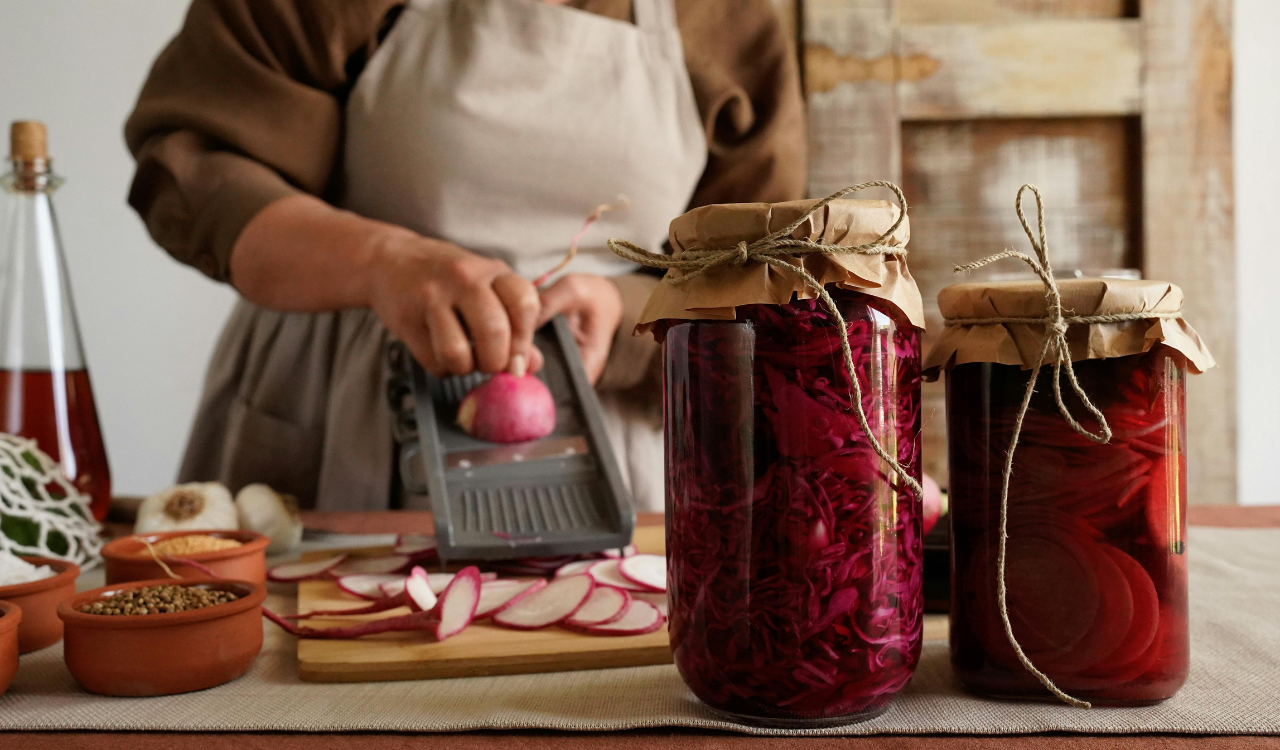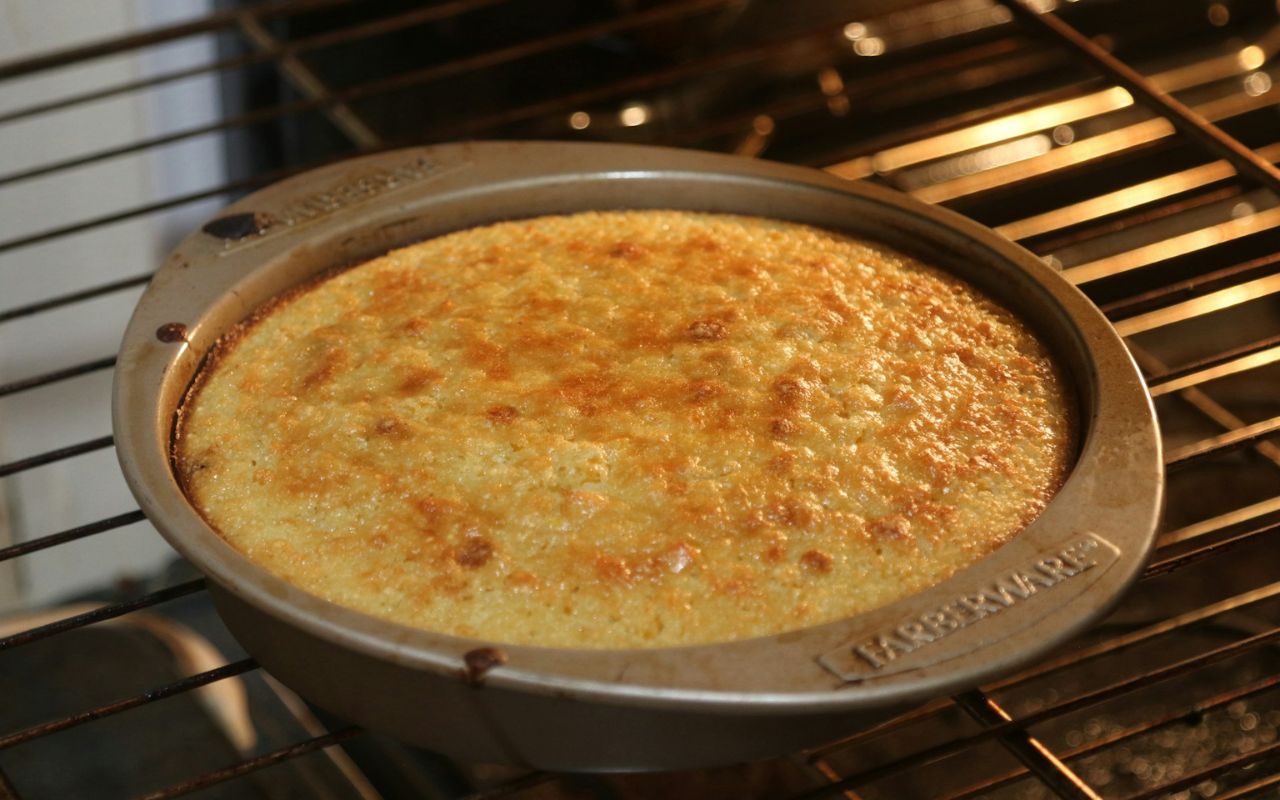Where To Find Great Fried Dishes Beyond Fast Food

Fried food is something that will always be around. The sound of oil sizzling, the golden crisp of a flawless crust, and the way that first taste seems to quiet the table are all signs of true gastronomic comfort. But in the past few years, frying has gotten out of the fast food fryer basket. Chefs in gastropubs and fine dining restaurants are reviving it as an art form today. Imagine tempura fried maitake mushrooms with a miso glaze, Southern catfish served like art, or Korean wings with a glossy double-fried shell.
The rise of “refined frying” shows that fried food isn’t just a cheap treat; it’s a skillful way to cook. Let’s find out where to get outstanding fried food that shows off talent, flavor, and creativity; without going through the drive-thru.
Why Frying Isn’t Just for Drive-Thrus Anymore

A Tastewise study from 2025 found that more than 70% of U.S. restaurants have at least one fried item on their menu. But here’s the twist: most of them aren’t even advertised as “fried.” Instead, chefs add terms like “golden,” “crispy,” or “crunchy” to make it sound better. This subtle rebranding has enabled fried foods get into high-end and worldwide cuisines while getting rid of the bad reputation of being “cheap” or “greasy.”
The American Culinary Federation’s restaurant trend studies also say that fried shareables are one of the fastest growing types of food on the casual premium menu. What used to be a side of fries has changed into substantial dishes like beer battered halibut with truffle slaw or Japanese style karaage with yuzu aioli. In short, people still want that texture, but they also want it to be well done.
Restaurants Redefining the Fry

Here are six U.S. restaurants and types of places where frying is being rethought for modern tastes.
1. The Public House (Maryland)
This new gastropub serves chef-driven comfort food with artisan beer. Their famous beer-battered shrimp, which are coated in spicy “bangin’ sauce,” shows how time and technique can make or break a fry. The batter is mixed with local lager to make a thin, shattering shell that stays crisp even when it’s covered in sauce. Fried Brussels sprouts with a maple mustard sauce can make this simple side dish a star on a tiny platter.
Why it stands out: the fries are light, purposeful, and connected to the local flavor. This shows that pub food can be both high end and indulgent.
2. White Swan Public House (Seattle, WA)
This beachy place turns frying into beautiful seafood art. Expect oysters with a cornmeal coating, tempura mushrooms, and halibut fried in small quantities with beer batter for a crisp, delicate crunch. Because turnover is quick, you can be sure that the oil is fresh, which is very important for taste.
Why it stands out: frying seafood here is utilized to bring out the freshness, not hide it. This gives the food balance and texture instead of heaviness.
3. Korean Fried Chicken Specialists (Nationwide)
Fans love the glassy crisp on the outside and juicy within that double frying gives. This is a Korean kitchen style. Chains like Bonchon and local favorites like Pelicana and Left Wing Bar combine rice flour coatings and sweet spicy glazes to offer fried chicken a taste from around the world.
Why it stands out: the mix of technique and tradition. The science of Korean fried chicken: exact temperature control and quadruple frying; makes an old comfort food even better.
4. Lambert’s Café (Foley, AL & other Southern cities)
Lambert’s is a family style restaurant known for its “throwed rolls.” The fryer is the heart of hospitality there. The cornmeal coated catfish fillets are fried till golden and served with thick-cut fries and homemade coleslaw. This is the most real Southern frying: hot, generous, and very social.
Why it stands out: Authenticity and abundance: Lambert’s sticks to tradition instead of following trends, which shows that honest frying will always be in style.
5. Craft Taprooms and Urban Gastropubs (Nationwide)
Craft-beer kitchens in locations like Charlotte, Denver, and Portland have turned into places where people can come up with new ways to cook things. You can have duck-fat fries with rosemary salt, mac-and-cheese egg rolls, or crispy cauliflower “bites” with gochujang on top. The goal is to be playfully sophisticated by taking something known and making it new.
Why it stands out: these menus use frying to add texture, contrast, and tell stories. This is great for modern customers who want something new but yet want to remember the past.
6. Coastal Fish Houses (Gulf & East Coast)
Along the seaside, fresh fish meets hot oil in a way that is unique to the area. From Charleston to Galveston, menus are full with Gulf shrimp, soft-shell crab, and whole-fried snapper. Many people use light tempura batters or cornmeal from the area and fry them in peanut oil to make them crispy.
Why it stands out: these cooks care about both flavor and sustainability. They illustrate that frying can bring out the best in the ocean instead of covering it up.
What Defines a Great Fried Dish

Not all fried foods are worth praising. This is what makes the best stand out from the others.
- Cooking in small batches and using clean oil: Old oil makes food taste bad and leaves a film on it. Great kitchens change and filter oil often.
- Pay attention to the batter: A good batter has the right amount of wetness and texture. Beer makes the food light and rice flour makes it crunchy.
- To cut down on richness, a perfect fry needs something acidic or fresh, such pickled slaw, lemon wedges, or herb yogurt.
- Plating that honors the texture: Steam makes things soft quickly. Look for food that is served swiftly, generally on trays or paper that lets air flow through to soak up extra oil.
- Inspiration from around the world: From tempura to schnitzel, cooking methods from throughout the world show that “fried” can go anywhere and fit in anywhere.
These signs show when a restaurant sees frying as an art form instead than a quick way to cook.
How to Order Smart and Eat Better

A few expert tips can turn greasy regret into golden perfection:
- Find out if it’s made to order. Food that has been fried ahead of time and then reheated loses its flavor; food that is fried to order stays crisp and clean.
- Look for terminology that describes things. If a chef says things like “house-made batter,” “freshly breaded,” or “rice-flour crust,” it means they are paying attention.
- Make sure your meal is balanced. To reset your taste buds and avoid feeling heavy, eat fried foods with greens, pickles, or citrus drinks.
- Have faith in places with a lot of turnover. Kitchens that are busy move more oil and food, which means fresher food and better frying conditions.
- Be aware of the mood. The food will look better on the dish if you approach the fryer like an instrument of craft instead of a quick way to cook.
The Bottom Line
In 2025, frying is back in its rightful place as both a comfort dish and an art form. Great fried foods are all about skill, time, and taste. For example, a brewpub that treats the fryer as a creative tool or a coastal fish restaurant that fries its daily catch within hours of landing. Fast food may have made the fry popular, but independent cooks and chefs in different parts of the country are making it even better.
The best part? You can still get that familiar crunch, but with fresher ingredients, cleaner oil, and a lot more pride.
References
- “Fried Trends: Data and Analytics,” Tastewise 2024. Available at: https://tastewise.io/foodtrends/fried tastewise
- “Commercial Fryers Drive Global Frying Trends,” Pitco Blog, March 2025. Available at: https://pitco.com/blog/exploring-2024-hottest-fried-food-trends/ pitco.com
- “Top 10 Food & Industry Trends to Watch,” American Culinary Federation (ACF) 2025 Trends Report. Available (PDF download) at: https://www.acfchefs.org/Downloads/Articles/2025-Trends-Report.pdf acfchefs.org+1





